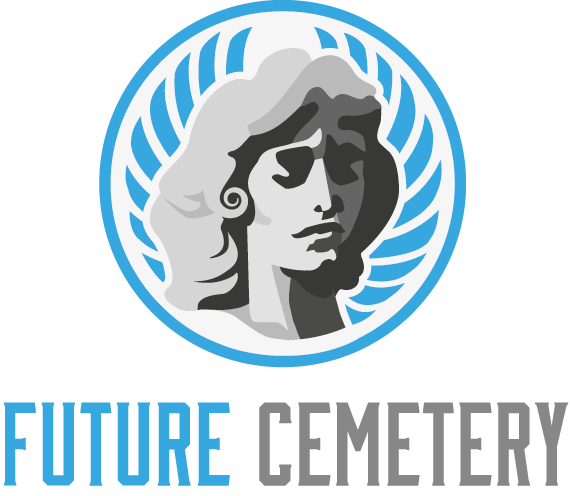The park occupies what was once Camp Logan, a World War I training site for 70,000 soldiers. But joggers and walkers will find no sign that it once was a teeming Army base.
The story of how Memorial Park became Houston’s green heart is told in a new book, Memorial Park, A Priceless Legacy (Herring Press). It goes on sale today.
History
The original memorial park served the town well for almost four decades. But the weather had begun to take its toll on the pillars and walls. It was time to restore this symbol of pride and respect.
The Gold Star Monument is the newest addition to the Park, built in accordance with style guidelines set by the Woody Williams Foundation and Delaware Gold Star families. It is the only structure in the Park to feature a void design, symbolic of those missing forever from their loved ones.
Unlike traditional cemeteries, where headstones compete with each other for space and attention, memorial parks are designed to be peaceful and serene. Today, many people are drawn to the idea of a natural burial park for its beauty and sense of calm. It is an ideal place to remember a life well-lived. Purchasing burial or cremation property is an important end-of-life decision. The experts at Dignity Memorial(r) providers can help you explore the options that feel right for your family.
Design
The design of a memorial park aims to capture the emotions and memories of those who passed. They are also a great place for families and friends to gather together. Pre-Need purchasing allows for a personalized memorial that conveys the person’s interests, hobbies, and faith.
Using black and gray granites, the design combines the memorial and the park into one space. The angular walls are designed to make the space seem larger and more spacious. The engraved granite edges and flower shaped steps also give the memorial a sense of lightness.
The memorial park incorporates a sculptural centerpiece as well as an educational space, exhibitions and an AV theater. It also features 250 birch trees that will grow over time, symbolizing the meaning of death leading to new life. The design of the memorial is meant to overcome pain and sorrow and sublimate it into something beautiful. This is reflected in the design of the entire project.
Symbolism
In the midst of bustling urban landscapes, memorial benches provide quiet respite and serve to remind us of our shared histories. They also encourage current and future generations to reflect on the values and contributions that these individuals made to their communities.
Memorial park designs often feature a wide variety of symbolic imagery that can carry deep meaning for loved ones and family members. For example, weeping willows often symbolize grief and mourning, while an urn symbolizing the spirit’s journey to immortality may represent the eternal presence of loved ones.
Similarly, symbols that evoke religious and cultural heritage can add a special touch to a memorial. For instance, a cross may reflect a person’s Christian faith or the Star of David may indicate Jewish heritage. Additionally, a laurel wreath or palm frond might signify victory or eternal life. Often, these elements are added in the form of subtle carvings that add layers of meaning and significance to a monument.
Maintenance
Memorial parks are gaining in popularity because they offer a more natural alternative to traditional cemeteries. They provide an atmosphere of natural beauty, peace for quiet reflection and a sense of dignity and honor to the memory of loved ones. They are also a more environmentally responsible option as they emphasize the importance of natural resources and strive to create an environment that feels organic and connected to nature.
The Village of Mineola maintains Memorial Park on Marcellus Road as one of the most beautiful public spaces in the community. The Park includes an amphitheater, the Veterans Memorial, and memorials for all village residents who have served our country as well as those lost in the LIRR Incident on December 7, 1993.
